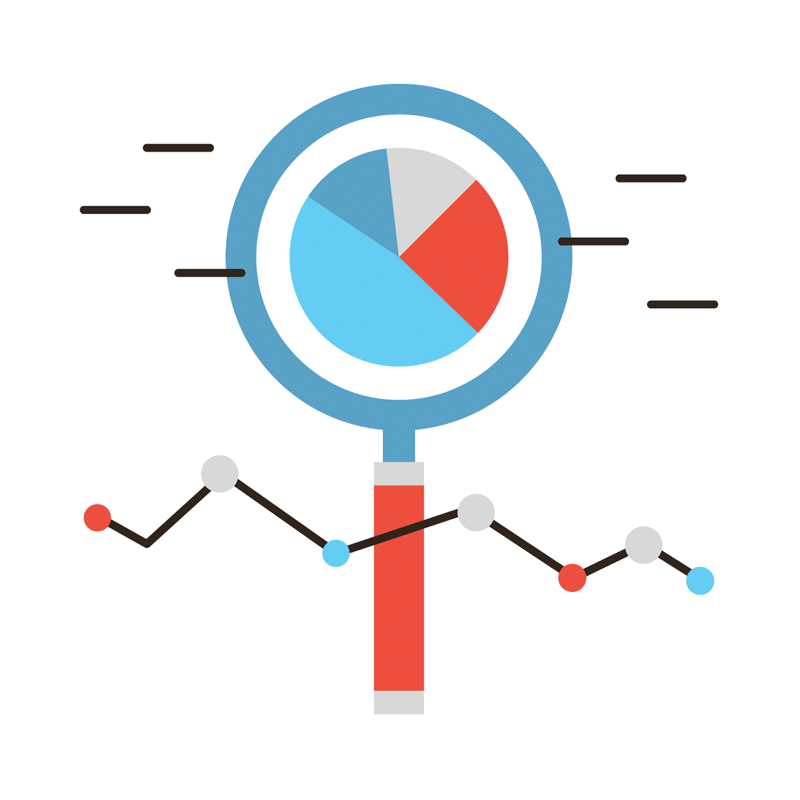
In most blog posts, emails, web pages, etc. there contains a call-to-action (CTA.) CTAs are an important part of the lead generation process and essentially ask your audience to do something; to take action.
Without CTAs, especially compelling ones, you’ll be hard-pressed to get your audience on your landing page, unless they already know what they’re looking for and are convinced of your product/service.
For the rest of them, think about how your CTA will guide your reader through the buying process. Let’s take a look at the six different types of CTAs and the ten CTA formulas people want to click.
6 Different Types of CTAs
1. At the End of Your Post
Sneaking in a CTA at the end of your blog post gives the reader the chance to immediately take action, while the content is still fresh on their mind.
While crafting your end-of-post CTA, consider the topic of your post and how your CTA can act as a follow-up.
For example, if your post is about the perks of a consistent meditation practice, include a link to a free trial of your online meditation course, so the audience can immediately put into practice what they learned, while also becoming familiar with your service.
2. Embedded in Text
An in-line CTA is more subtle and discreet, while still leading your reader to more information or value on a given topic.
For example, if you’re writing a post about SEO, you might embedded a quote into the text, leading to another post elaborating on the same topic. In-line CTAs are a simple way of saying, “read this” or “here’s more information.”
3. Slide-In
A slide-in CTA literally slides in the sidebar of a webpage offering either a link or form for the reader. In comparison to pop-up boxes, they are much less intrusive and allow your reader to continue enjoying your page or post.
4. Commenting
You’ve probably seen us do this a lot: ask readers a question at the end of a post. Probe your reader for their feedback or spark their interest by asking them a question.
The wording can be as simple as. “Let us know what you think in the comments below.”
This type of CTA is about getting your reader engaged and interacting with your brand; nurturing a relationship that will eventually turn into a purchase decision.
5. Subscription Request
Assuming your reader is interested in your content, give them the opportunity to subscribe to your blog or email newsletter. The key to a subscription CTA is keeping it simple.
Creating a lengthy form, where the reader is required to fill-out extensive information will hold many people back from signing up. At the bare minimum, all you need it their email.
6. Social Media
Get your readers to engage with your brand even more by connecting on social media. You can include “Follow Us” or “Share On (Facebook/Twitter/LinkedIn, etc.)” buttons to get instantly connected.
If you have more than one social media page, create a button for each page (including logo), making it as simple as possible for readers to click and follow. If all it takes is one click, they’re more likely to opt-in.
10 CTA Formulas People Want to Click
1. Experience the (Perk of Your Product/Service)
“Experience” is an undeniably enticing word. It implies emotion, a powerful tool for winning people over. When you couple that with the benefit of your product/service, you’ve got a winning CTA.
2. Let’s Talk/Talk to Us
More approachable than “Contact us” and certainly less generic. It feels more personal and less “business-ey.”
3. I’m Ready for (Benefit of Your Product/Service)
Putting the words in your reader’s mouth is a bold move, but instills an instant feeling of accomplishment, as the reader feels like they’ve already made a decision.
4. Learn More/Explore
Your audience craves information, and this CTA, while short is very direct in its purpose, to share information. This CTA is most effective if you have an information product, specialized service or multi-step sales funnel.
5. Get Started Now
Give your reader instant gratification of taking that next step. “Get started now” is best positioned after an explanation of your product/service, so users know what they’re “getting started” with.
6. Get (Product/Service) and Receive (Added Benefit or Product/Service)
When readers feel they’re getting the better end of the deal, your conversion rates will skyrocket. Offer an added incentive purchasing, to increase buyer motivation.
7. While Supplies Last
Scarcity and urgency are massive motivators in buying decisions. People want to feel special and unique — nabbing a deal before it’s gone fills this need.
8. Start Your Trial
“Start now” rather than “sign up” gives the reader a feeling of instant gratification. They also feel like they’re getting something without having to make a purchase, and are thus more likely to give their info.
9. Get Your Free (Something)
Readers love to see the word “free.” As a marketer, it’s nothing for you to give out a free eBook, webinar, podcast, trial, etc. if it means building your email list and forming a bond with a prospect/customer. Whatever you offer, be sure it holds substantial value to your audience.
10. Send Me (Product/Service) Now
Using words like “me,” “I” and “my” make the reader feel more connected to the idea. The decision has already been made for them; all they have to do it agree. Adding in “right now ” speaks to the idea of instant gratification and urgency — two big winners in the realm of CTAs.
Now that you’re a call-to-action professional, how will you amp up your CTA game? Contact us today.


